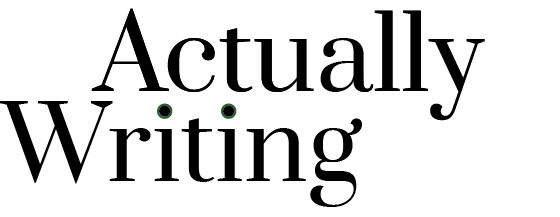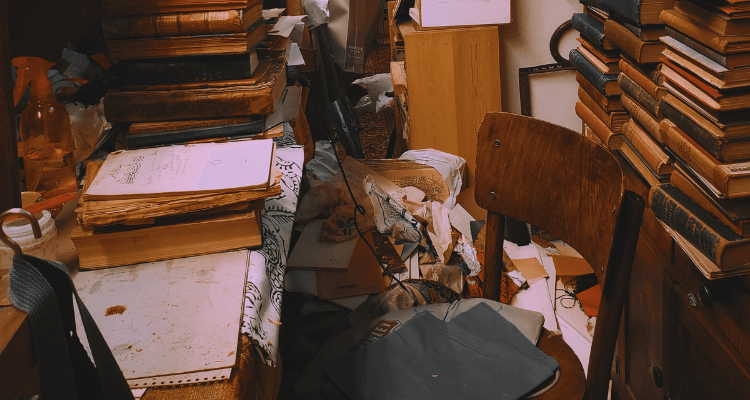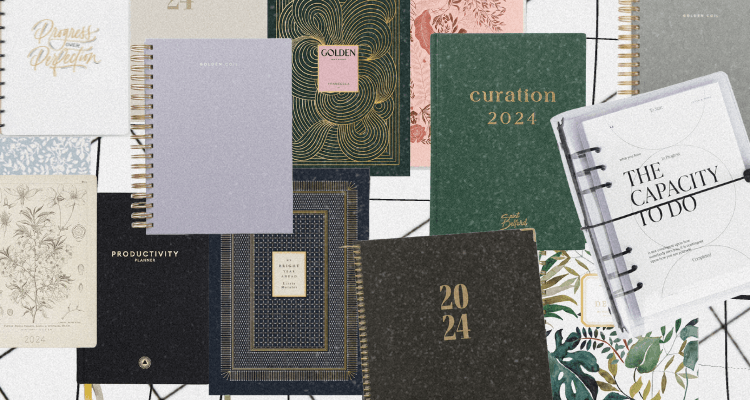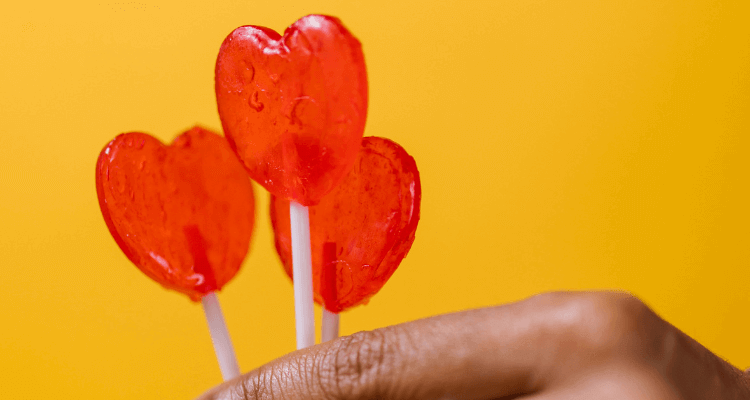- Quick-Starting Your Writing Space
- A Computer/Laptop
- Your Writer’s Notebook
- A Chair or Two
- A Notepad or Legal Pad
- Sticky Notes
- A Timer
- A Travel Mug – A Must
- Protect Your Eyes With Blue Light Glasses
- A Plant
- A Blanket
- A Speaker &Or Headphones
- Set The Mood With A Lamp
- A Fidget Cube
- A Charging Station
- Making Your Writing Space Yours
Quick-Starting Your Writing Space
The last article I published is filled with tips for creating your writing space, and it’s easily one of my favorite set of tips. My shallow reason is that decorating is fun. My other reason is that it’s a great guide to understanding components that make or break a writing space.
But still, I think we could get a bit more specific about the things in our writing space that make a noticeable difference in our story-writing, writing stamina, writing discipline, and overall performance as writers. So, we’re diving into Amazon’s large e-commerce platform to find some items that you and I can use to quick-start our writing spaces.
Every writer’s writing space will be different and a total reflection of the writer. But there are things that all writing spaces need and tend to have. So pick what you need from this list and get your writing space writing ready.
A Computer/Laptop
The very first thing on this list is…. (drumroll please)
A computer!
The whole reason for a writing space is needing a separate space to focus on writing. So the most essential thing in your writing space should be your writing instrument. After a pen & paper, computers are a really popular writing instrument. Especially in today’s technological age.
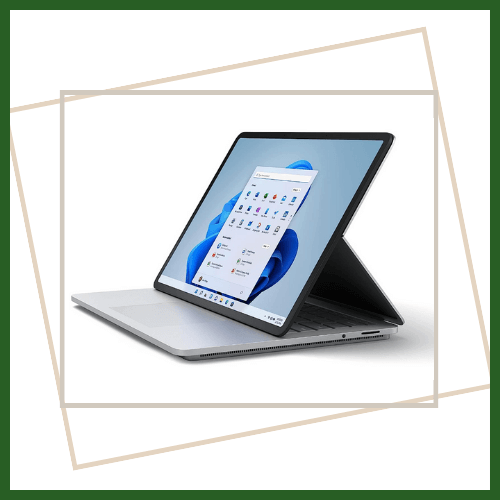
The Microsoft Laptop Studio is the ultimate 2 in 1 laptop for working, reading, writing, drawing, and whatever else. For an all-around writer that annotates his/her work, draws maps for their stories, writes, reads, and does research with a million open tabs, this ‘everything’ laptop is a great fit. It’s also portable.
This specific one has 16BG of RAM and 512 GB of hard drive space.
Your Writer’s Notebook
A writer’s notebook is so essential for writing productivity and it should be in your writer’s space just as much as your writing instrument is. Your writer’s notebook holds all of your writing ideas, random but good sentences, writing session logs, and story information. Aside from reference books like dictionaries and literary classics, your writer’s notebook is your primary reference book.
Your writer’s notebook can be organized on software like Google Docs or Notion. But a physical journal of some sort is my favorite form because it’s distraction-free and can be brought almost anywhere without needing wifi or charging.
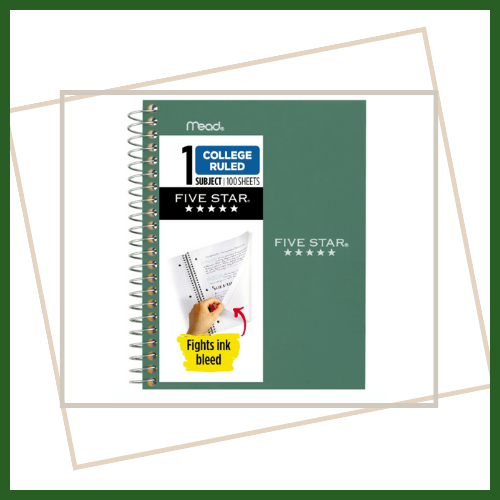
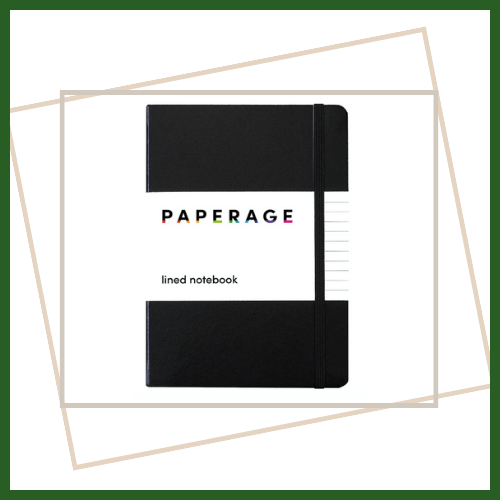
A journal-styled notebook like the black Paperage Notebook ( on the right) is a popular kind of notebook used for creative and fiction writing: A hard-covered (or water-resistant covered) notebook with a strap of some kind to keep it closed. But a cheap spiral notebook like the 5 Start Notebook ( on the left) is a classic and functional choice as well.
Both these books also come with different color options.
A Chair or Two
A good chair can make a great difference in your writing productivity. As I mentioned in the last article, a comfortable chair keeps you easily focused in one spot, and is needed for alternating optimal working positions.
After standing or walking a good chair is what you’ll want to get back into to get your writing done.
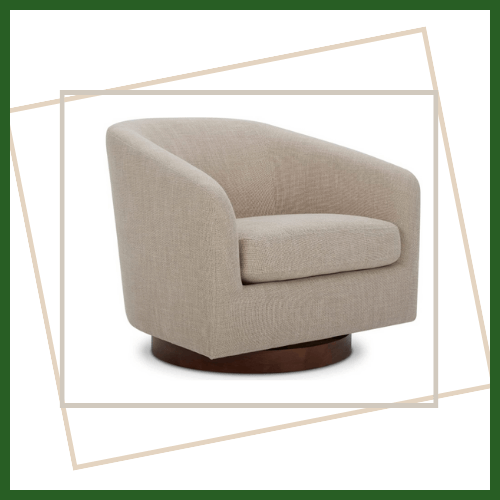
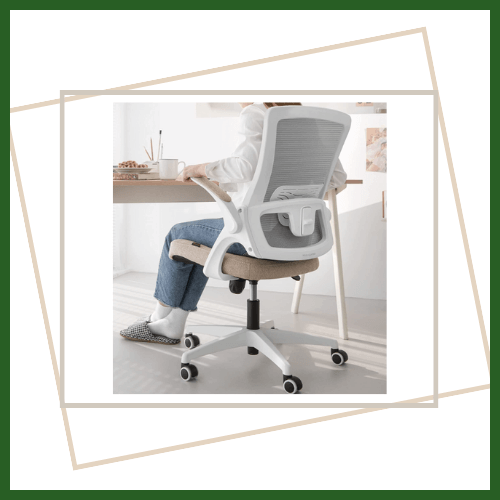
Swivel Chairs (like the one on the left) are fun, comfortable, and stylish chairs to have in your writing space. You can work and relax in it. An adjustable desk chair (like the one on the right) is another type of chair to keep in your writing space.
The chair you pick depends on how you like to work. Desks are popular workstations and need a desk chair. But if you only need your laptop and often work on couch-like chairs, then a swivel chair is the way to go. Or get both.
A Notepad or Legal Pad
Other than your writing notebook, an extra notebook or legal pad designated to be stationed in your writing space is great for scrap paper, testing phrase variations, and brainstorming.
Unlike your writing notebook, this extra notebook/notepad could get a lot more messy, and as random as you need it to get while you are actively working on your story.
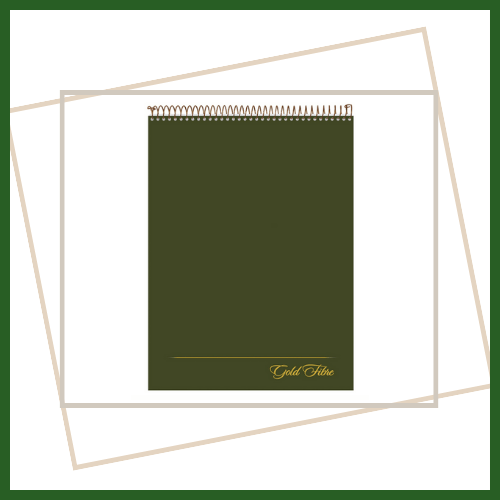
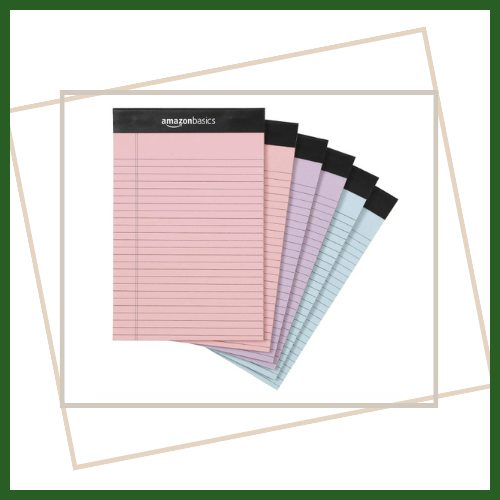
A simple legal pad works just fine (like the one on the right), but if you need something with a little more jazz, you might like the one on the left. The one on the left also has a thicker back cover for better writing down to the last page.
Sticky Notes
For saving ideas, writing physical reminders, or annotating, keep sticky notes around. And what better choice than transparent ones?
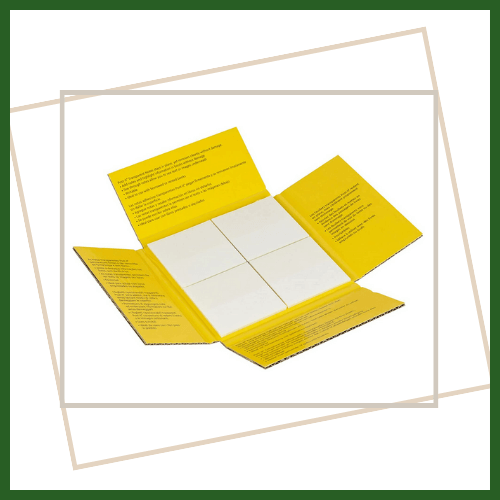
A Timer
Sometimes a timer is all I need to keep me on track and working. If you’re a productivity nerd and practice methods like the Pomodoro Technique or Eat The Frog then a timer is a must.
A timer can be surprisingly useful for story writing. Most generally a timer can help keep you on track with your work schedule. You can also time your writing sessions, measure how long it takes to reach word count goals, time your research, or with time-limiting writing exercises.
However you use a timer, it can be a great productivity tool to keep you writing and progressively efficient.
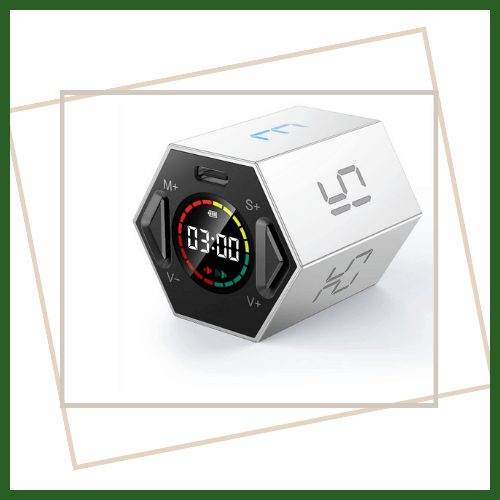
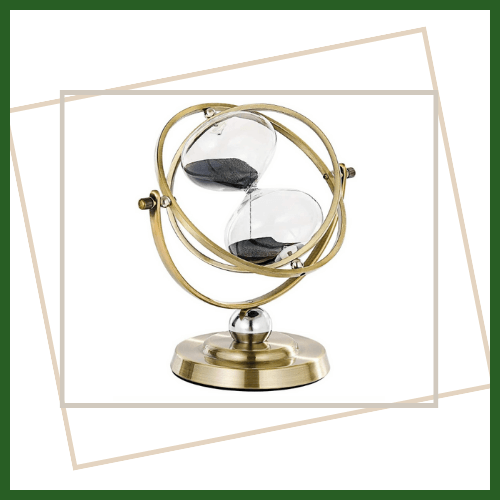
The timer on the left is a Pomodoro Timer with preset time options for you to choose from. From the top surface of the timer, you can easily adjust it to the desired time.
If you’re into a much simpler timer, the sand timer on the right runs for 60 minutes and doubles as decor.
A Travel Mug – A Must
Writing sessions can go on, and on, and on. Staying hydrated and healthy is important to remain energetic, focused, and alert. And while a coffee mug will do just fine, a travel mug may hold more liquid, can be spill-proof, and can go with you on your writing session breaks. Ice cold water or warm tea may just be what you need to settle into ‘the zone’.
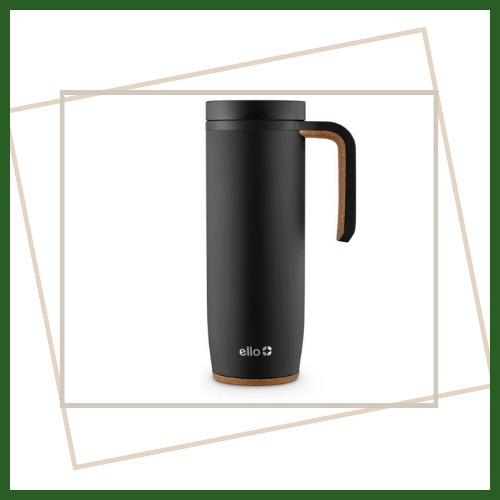
Protect Your Eyes With Blue Light Glasses
Speaking about health, don’t forget about your eyes. Staring at a computer screen for extensive hours has so many downsides like headaches, eye strain, fatigue, and so on. If your writing sessions run longer than 4 hours every day, use blue light glasses to protect your eyes from excessive blue light exposure.
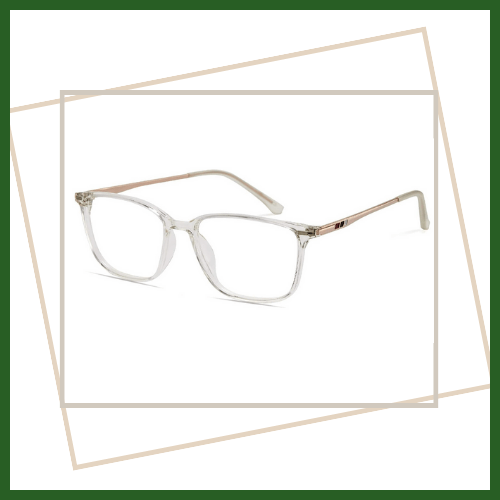
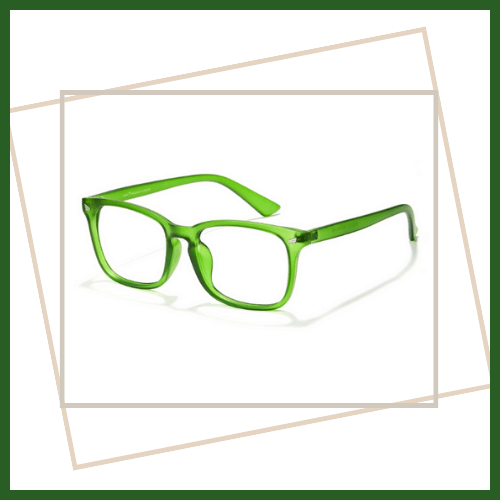
If you aren’t familiar with blue glasses, protecting your eyes from blue light exposure is the only they do. They are not prescription glasses, even though prescription glasses can have blue light protection. They are clear non-medicated lenses with a filter that absorbs/blocks blue light.
The glasses above are from a brand with so many options and styles for blue light glasses. So if these two options aren’t your jam, use the product link to find the style for you.
A Plant
Liven things up and improve your writing space’s air quality with a plant or two.
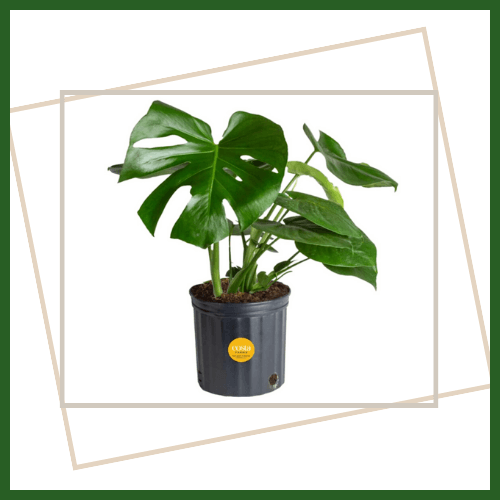
This is Monstera Plant. A plant that is said to thrive indoors and needs little care.
And on that information alone, I’m sold and am adding this to my shopping cart for my own writing space.
This particular plant from Amazon is relatively affordable and the price varies depending on the options that change between the pot, plant size, and pack type.
A Blanket
A blanket can be a handy thing to keep near your desk or on your chair. If you get cold or need a makeshift headrest. This particular blanket that I found by Green Orange comes in different colors and sizes for you to fold, drape or cover with.
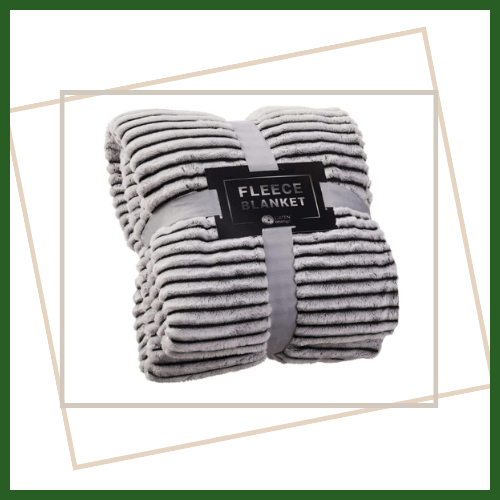
A Speaker &Or Headphones
Speakers or headphones are great to have in your writing room. I almost always write with music or a podcast playing in the background. I even sometimes use text-to-speech- tools to listen to what I’ve written because some writing mistakes are only caught after I’ve read it aloud myself or listened to someone else reading aloud ( even if that’s a computer).
Whether music, podcasting, or text-to-speech is your thing, headphones and speakers can help you focus, set the mood, and assist in editing your work. Noise-cancellation headphones may be best if you need absolute silence or absolute concentration.
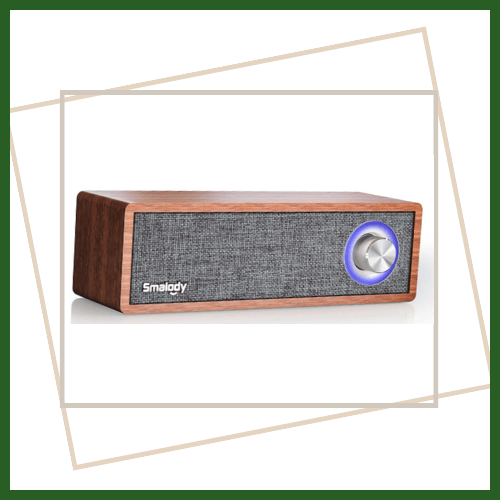
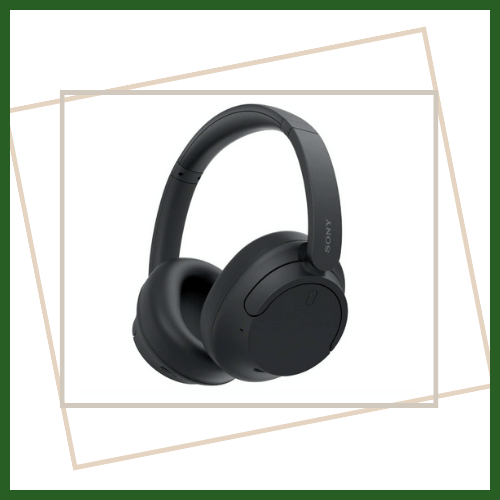
Set The Mood With A Lamp
Take setting your focused mood to the next level with a secondary light source. A color-changing or dimming lamp is great for this.
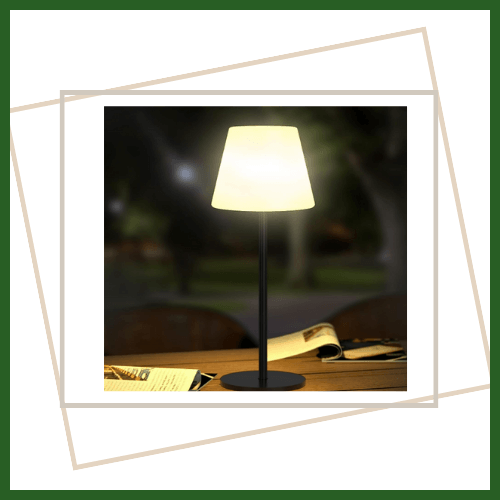
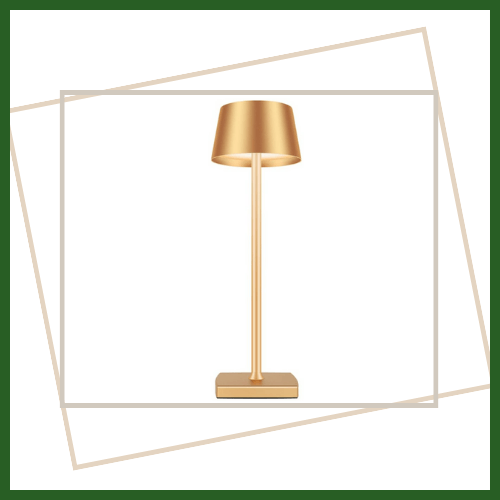
These cordless lamps can be placed anywhere in your writing space and the one on the left can be any color you want.
A Fidget Cube
Fidget spinners, fidget cubes, and fidget tools make great brainstorming activities. For a writing session, fidget cubes similar to a puzzle can help you work out momentary writer’s block, and through rough ideas.
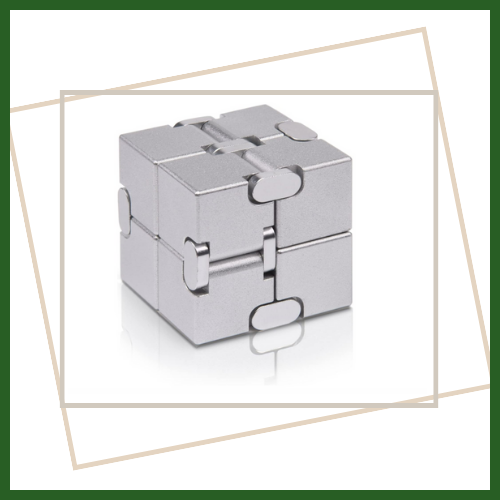
This fidget cube I found is a puzzle-like cube that’ll keep you occupied but not too distracted. It’s a bit weighty too, so it can be used as a cool paperweight.
A Charging Station
Use a charging station or charging dock to keep your devices ( laptop, headphones, speakers, lamp, etc.) on, fully charged, and organized in your writing space.
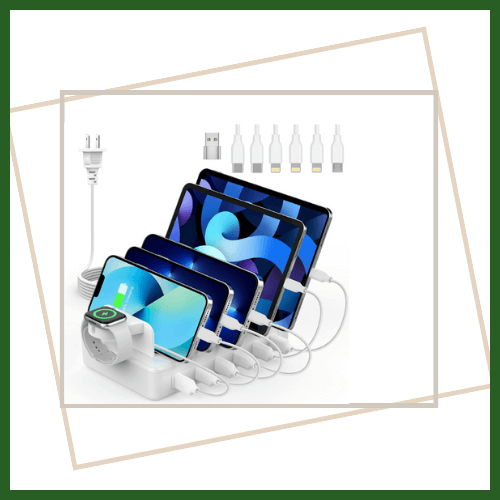
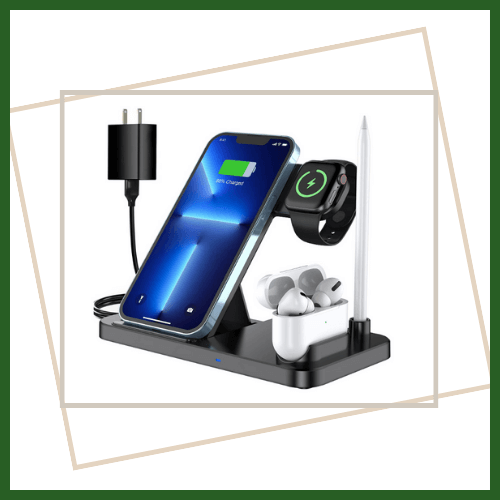
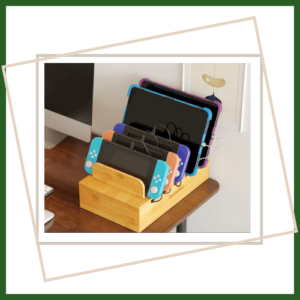
Making Your Writing Space Yours
These 23 items can be the very start of creating your writing space, or the very end. Remember that the success of your writing is the motivation behind all designing and arranging. Your writing space is yours to create.
If this list didn’t help much because you don’t write in a designated space or office, maybe I’ll write another article to expand your list of places to write that are not at home or an office.
Don’t just be a good writer, be a great one!
Until my next words (on here that is),
Christa
